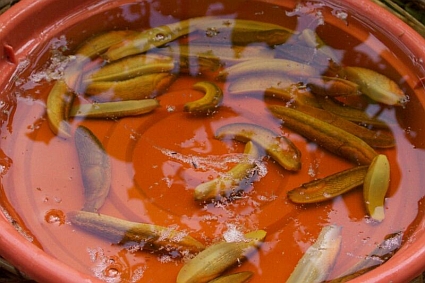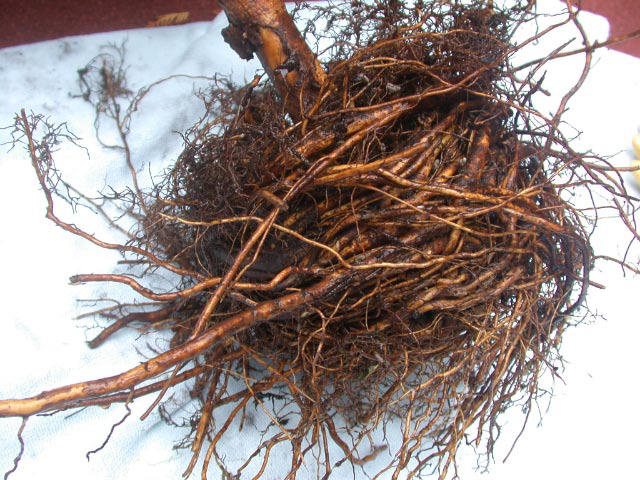…and it’s not just the scientifically-proven inverse correlation between the price of the mail-order perennial and likelihood it will get chomped within six months. The prairie vole (Microtus ochrogaster) is notorious throughout central and eastern North America for laying waste to many a well-tended garden. Much of what’s out there in regards to herbivory of ornamental plants (said chomping by deer, voles, bunnies, etc.) is simply anecdotal, yet repeated ad nauseum as fact. So it’s exciting to see some new research in that field, published in a recent HortTechnology journal.
Dr. William Miller’s research focus is bulbs, and his group at Cornell University set up feeding trials with thirty common garden bulb species to quantify the prairie vole’s preference thereof. Tulips topped the list as the colony’s favorite (but you knew that already). In fact, “the voles became accustomed to this feeding schedule, and would vocalize and get excited when we entered the laboratory to prepare the bulbs…”
The voles showed the least interest in daffodil (Narcissus), grape hyacinth (Muscari armeniacum), Italian arum (Arum italicum), ornamental onions (several Allium species) and snowdrop (Galanthus nivalis). These bulbs were evidently high in the sort of secondary metabolites that, among other things, cause plant tissue to taste bad. There were even preferences shown as to different cultivars within each species – they were wild about tulip ‘Apeldoorn’ yet ate half as much of the species Tulipa turkestanica. Note to the vole-ridden…the daffodil ‘Ice Follies’ registered barely a nibble.
Apparently voles love apples more than anything, so the researchers also mixed dried, ground bulbs with applesauce to make them even more appealing. The point of this slightly eludes me, but the take-home message was 1) voles will eat anything except onions when mixed with applesauce, and 2) don’t dip your bulbs in applesauce prior to planting. Now if only Dr. Miller would work on vole feeding preferences by price point…

Source: Curtis, B, D. Curtis, and W. Miller. 2009. Relative Resistance of Ornamental Flowering Bulbs to Feeding Damage by Voles. HortTechnology 19:499-503.






















